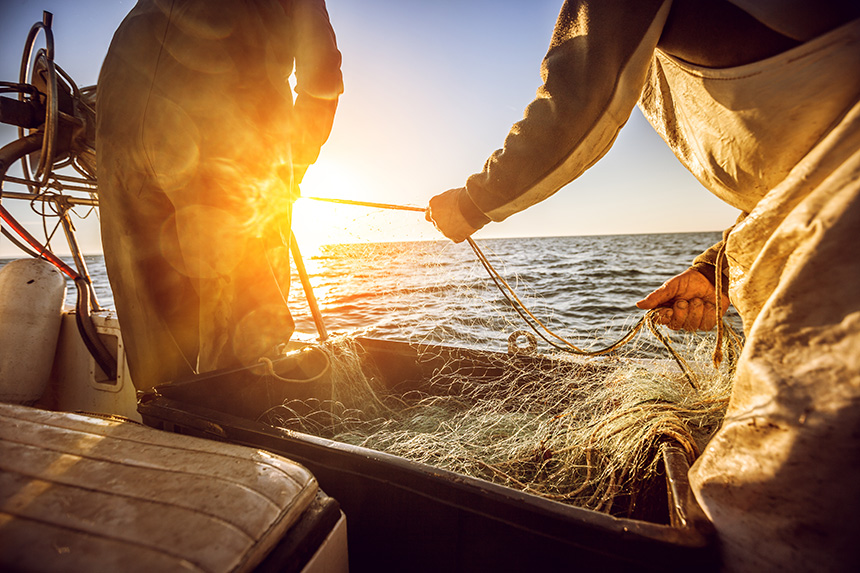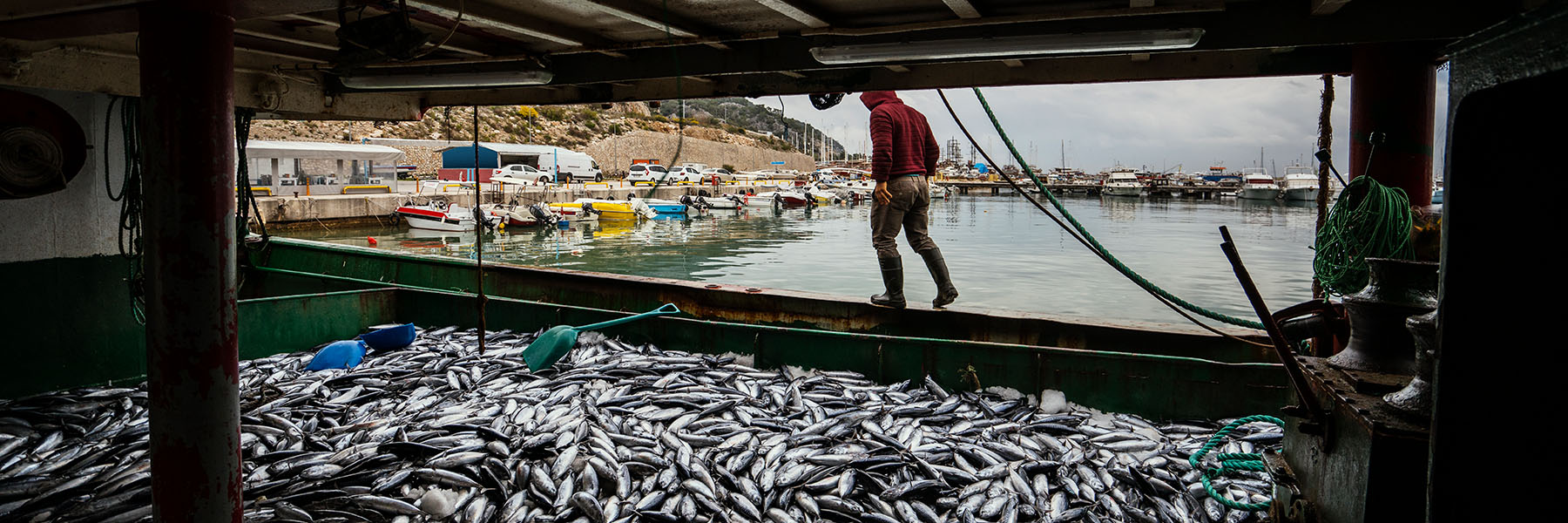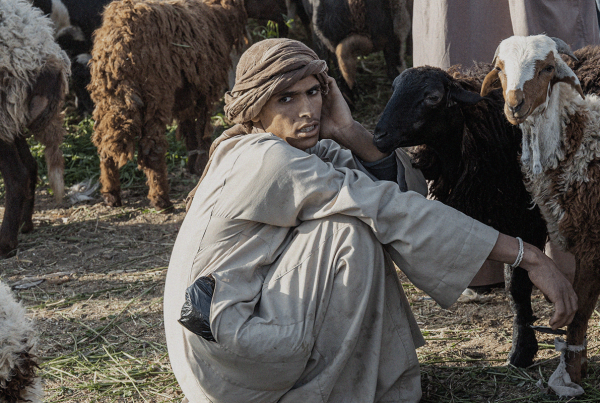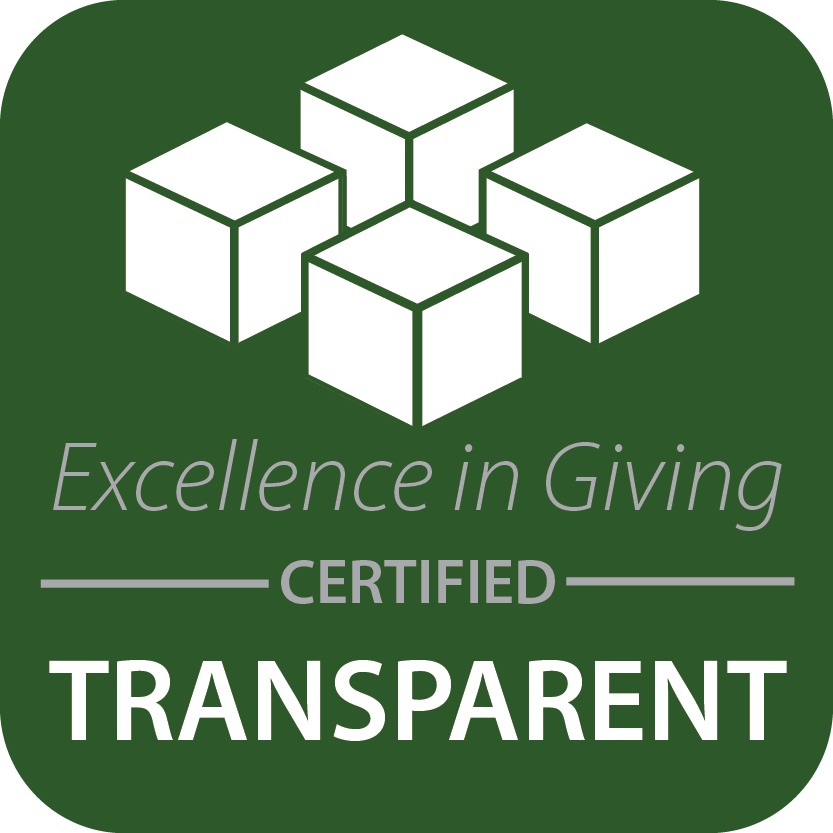Today we have a guest post on the issue of human trafficking in the fishing industry by Coty Perry. Perry has spent the better part of his life bass fishing. For the past few years, he has focused much of his time on spreading awareness of conservation issues related to the ocean and fishing. He writes at anglers.com.
In a sea of regulatory guidelines in the United States, it’s easy to see why we turn elsewhere for our seafood. Unfortunately, being so disconnected from where our fish is coming from can leave us unaware of human trafficking in the fishing industry.
What contributes to human trafficking in the fishing industry?
By definition, labor trafficking is the process of using fraud, force, or coercion to convince an individual to engage in some form of labor. Here are some of the factors that contribute to making exploitation common in the fishing industry.
The U.S. imports most seafood
According to Sustainable Fisheries, approximately 63% of our seafood is imported. In the United States, we have strict regulations that prevent excessive labor and poor working conditions. Unfortunately, many countries have much looser labor laws. With loose labor control comes big profit, but at what cost?
Overfishing is rampant
We also have to look at the fish population itself and how overfishing plays a role in labor trafficking in commercial fishing.
We’re eating twice as much fish as we did 50 years ago, 30% of stocks are overfished, and 60% are completely fished. We currently face a situation globally where the seafood population may be completely depleted by 2048. This is due to a combination of poor labor practice paired with excessive fishing procedures.
As it becomes increasingly difficult to catch fish, the commercial fishing industry is feeling the pressure.
Fishing is poorly regulated
The demand isn’t slowing down, so fleets must learn how to adapt. This results in corner cutting and poor regulation. Fishing rigs need to travel farther, fish longer, and fish harder, which incentivizes illegal activity to continue making money.
Distant water fishing contributes to abusive labor practices. Since crews are forced to fish so far from the shore, it’s much easier to exploit them. Laborers often have no idea where they are and zero hope to escape to the distant shore.
Governments in the countries that source most of the world’s seafood often lack the resources to regulate large-scale fishing activities. Much of the fishing is unreported; it’s done in remote waters where there is no oversight, and the average value of the catch is so low that this industry is usually not prioritized.
What does all of this mean for our world?
It means slavery conditions on ships, poorer quality product, dead sea animals, and the negligent demolition of marine habitats.
The increase in demand deeply harms both the industry workers and the environment. Because of this, both must be addressed simultaneously to eradicate the problem entirely.
How does human trafficking happen in commercial fishing?
Generally, the scenario looks something like this:
A commercial fishing company approaches an underprivileged community with the promise of a better life. The men in the community are promised high wages in exchange for labor on the ship. Due to the conditions they live in and the low wages they’re used to receiving, they accept the offer, viewing it as an opportunity.
They realize they’ve been deceived when they’re forced to work 20+ hours per day with limited food, no breaks, and little to no pay. If a worker threatens to rebel, they might be tortured or simply thrown overboard. Isolated on a ship, at the mercy of the violent sea, the workers obey to protect their lives.
Tragically, communities sending their men away to work on these ships usually don’t see any reward from their labor. Since the fishing is off the books, the revenue made rarely benefits the shore communities and their families.

The Countries Where Fishing Industry Human Trafficking Is Most Prevalent
According to the Global Slavery Index, 20 fishing countries actually account for more than 80% of the catch worldwide. Of these countries, labor rights violations are most likely to occur in:
- China
- Japan
- Russia
- Spain
- South Korea
- Taiwan
- Thailand
These countries are deemed high risk due to a large number of fish caught outside of their own waters. When boats are prone to fishing foreign water, it generally means they’re trying to get away with poor labor practices and a lack of reporting.
Those seven countries listed alone result in 39% of the world’s catch. That means that the majority of fish caught in the world are caught using poor labor practices and environmentally neglectful fishing procedures. This results in a poorer product overall.
There is another group of countries implementing many of the same practices but focusing more on domestic products. Some of these countries include Chile, India, Malaysia, Mexico, and Peru. It’s believed that the low-value fish being caught and high levels of unreported fishing promote forced labor and modern-day slavery.
How can we stop human trafficking in the fishing industry?
To bring it all together and make sense of this issue, we need to look at the main themes that tend to result in labor trafficking.
- A lack of strict and supervised fishing policies
- Wealth and economic inequality
- Countries that have a low GDP and high number of low-value catches
While the third issue isn’t necessarily something that can be solved, the first two can. Lack of adequate fishing policy is a global issue, including here in the United States.
Labor trafficking can happen to men and women of any age, ethnicity, or skill level. It’s generally assumed that labor trafficking only happens in jobs that do not require any skill. That is not always the case. Some individuals are recruited that possess skills in repair, plumbing, welding, and more. These people are used to perform preventative maintenance tasks on the ships and are also subject to overworking and poor conditions.
The first key to stopping human trafficking is awareness. There are many people who don’t even know that this issue exists. Learn the signs of a bad situation and share them with others to prevent trafficking from happening in the first place. Unfortunately, once someone is removed from their home and put on a ship, it becomes much harder to get them back.
If you notice that a recruiter is applying a large amount of pressure, offering money that seems exorbitant, and doesn’t offer standard forms of identification, contact authorities.
Language gaps are another vulnerability that traffickers use. If a prospective employer offers a contract in a language you cannot read, you should not sign it.
Knowing where to go with a potential trafficking situation is the next step. If you or someone you know encounters something like this, here are some hotlines you can contact based on your location:
Cambodia: 1288
India: 1800 419 8588
Japan: 03 3207 7880
Laos: 856 41 260 276
Taiwan: 1955
Thailand: 1300
United States: 1-888-373-7888, or text “HELP” to 233733
We must take action
Exploitation of men on fishing ships is a systemic problem we face as a society. Governments are failing their citizens, and the demand for fish is so high that some are even turning a blind eye. This results in the human trafficking of men and boys.
One way to support change is by committing to buying ethically sourced fish. There are guides available from Monterey Bay Aquarium and from the Marine Conservation Society. Both give insight into finding sustainably, ethically sourced fish. You can also research individual fish companies to find information on their labor practices. If little to no information is available about their supply chains, that is an immediate red flag.
Several reports have come out shining light on the issue of trafficking and overfishing in supply chains, but change has been slow. Many people are still unaware of the situation, and the communities affected the most are so underserved that crisis organizations cannot reach them.
Word-of-mouth awareness is something we can all do to make a serious difference in preventing forced labor and human trafficking. Learn the signs. Spread the word. And if you know someone who may be in danger or if you have any information regarding labor trafficking in the fishing industry, get help.







